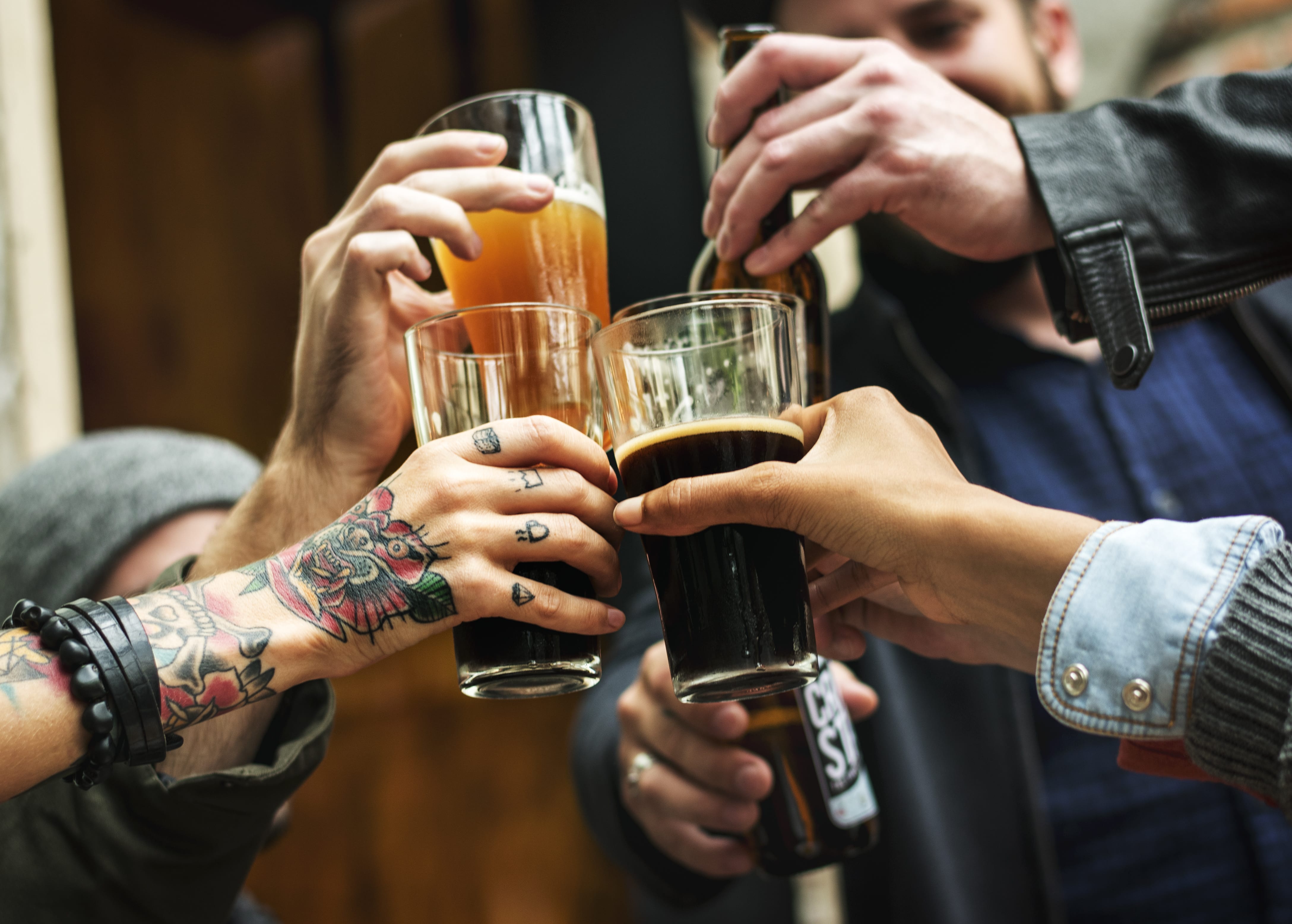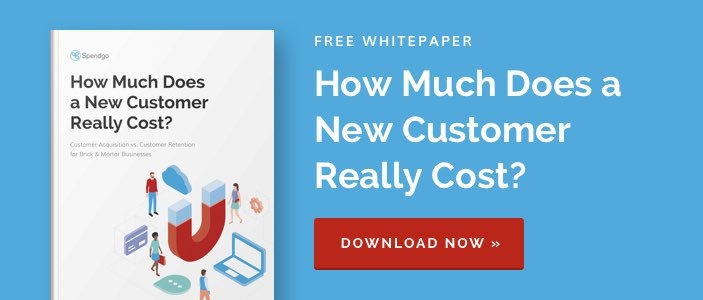By current estimates, there are more than 4,522 indie breweries in the U.S. today, each looking to carve out a piece of the $27.6 billion craft brewing market. That isn’t an easy task — in most cities, the local market is flooded with innovative, high-end beer brands.
For example, as of last year, there were 77 breweries in Portland, Oregon, a city of fewer than 650,000 people. This phenomena extends well beyond just hip coastal enclaves, too — small cities like Traverse City, Michigan has about one brewery for every 1,200 full time residents.
In addition, distribution channels for craft beer are improving. Which is great for beer drinkers, but increases competition for local breweries from established, sought-after brands like Ballast Point, Modern Times, and Deschutes. In this climate, smaller breweries that make their local community of beer lovers a special focus are set up to succeed. Driving brewery repeat business to your tasting room and fostering healthy relationships with local retailers builds a strong base for your operations (a base that will allow you to ride the wave of the craft brewing boom). For about 90% of breweries, customer retention should be a priority over expanding into new markets. Here’s why:
In this climate, smaller breweries that make their local community of beer lovers a special focus are set up to succeed. Driving brewery repeat business to your tasting room and fostering healthy relationships with local retailers builds a strong base for your operations (a base that will allow you to ride the wave of the craft brewing boom). For about 90% of breweries, customer retention should be a priority over expanding into new markets. Here’s why:
Loyalty matters
Brand loyalty means something different for craft beer drinkers. A generation or two ago, people had their lager of choice, be it Bud Light or Coors or Schlitz, that checked all their necessary boxes. And they stuck with it.
Now, variety is the spice of life in the beer world. A craft beer enthusiast may tend toward drinking lagers or IPAs or sours, but they want to try a lot of different beers in that style. The explosion of choice in recent years has made tasting newer, rarer, more obscure beers enticing to people who consider themselves to be connoisseurs.
However, one thing hasn’t really changed — the desire to have a home pub. A sense of connection to a local establishment — it’s people and vibe, perks like the occasional drink on the house — is vital to the drinking experience for many beer drinkers. Regulars want to try the newest beer launched at their brewery, because they like the bartender, the snacks, the music (and the beer, of course). That’s an experience you can’t get from Untappd.
For breweries, regulars provide the kind of consistent revenue that allows for growth. They’re better for base building than chasing around a pint or two from hundreds of fly-by-night beer tourists.
It's more cost effective
Landing new customers isn’t cheap. Catchy marketing, online ads, distribution partnerships, even new label designs all require investment (both in cash and precious, invaluable time). A lot of that investment never comes back in the form of sales.
Put simply, giving guests the kind of experience that keeps them coming back is less risky and less resource intensive than trying to capture new customers. An effective marketing campaign may drive views to a video, but will that translate into something concrete, like new permanent lines at hip restaurants or packaged sales?
On the other hand, studies suggest that regular buyers are a company’s best friend. One study from Bain and Co. found that increasing return customers by 5% can increase profits by 25-90%. Why? Because regulars buy more from brands they like (and more frequently). Studies suggest that loyal customers will even defend your brand from detractors.
In addition, companies tend to put more investment in getting more customers, rather than building loyalty with the ones they have (despite research that consistently finds that acquisition costs five times as much as retention).
Word-of-mouth marketing
Some of the best beers I’ve had came from breweries I’d have never known existed if not for recommendations from a friend. The power of personal recommendations to inspire sales can’t be underestimated.
Word-of-mouth marketing is perhaps the most difficult form of advertising to drive, but it’s perhaps the most valuable. You can’t buy word-of-mouth marketing, nor can you coax it from unimpressed guests. When people evangelize for your product, their friends and colleagues know that it’s coming from an organic place — that’s why it’s so effective.
How do you get people talking about your product? Brew great beer, of course, but then make people feel welcome. Find small ways of exceeding expectations in your taproom — free snacks or a standout menu or a loyalty program that rewards regulars with perks — and make people want to talk about your beers.
Consider offering an app to manage perks, but understand that most beer fans just want something simple. A tablet next to your POS that collects phone numbers and gives out rewards for returning customers can do wonders.





